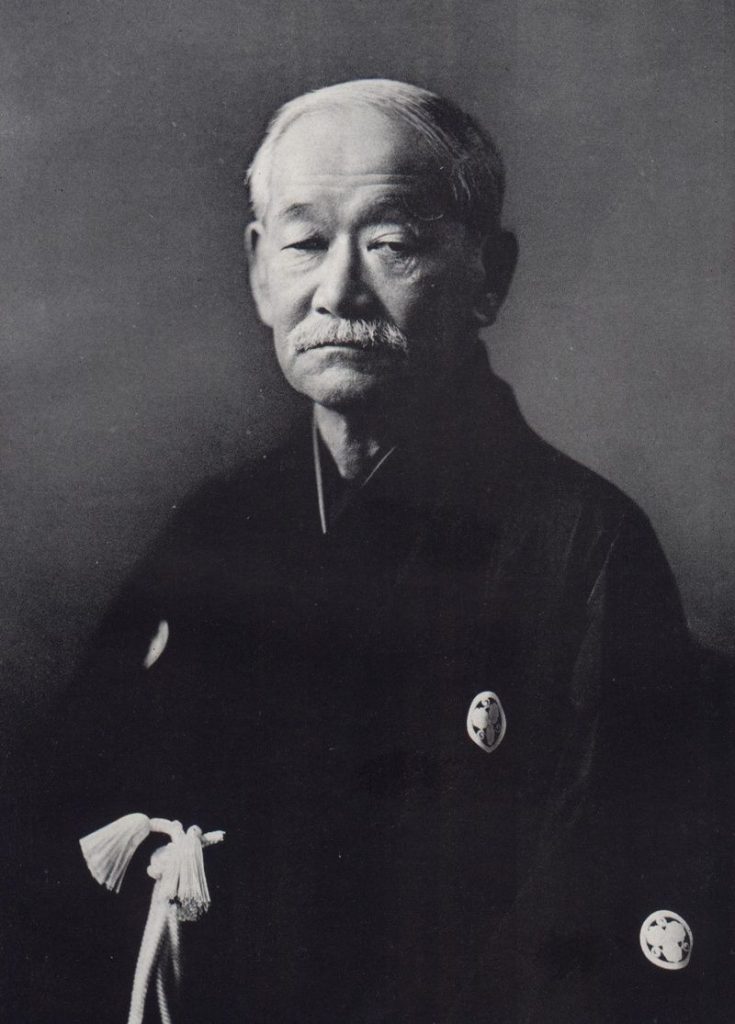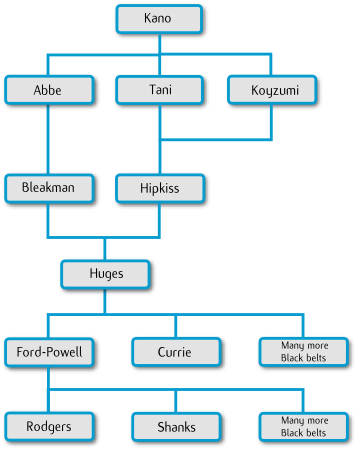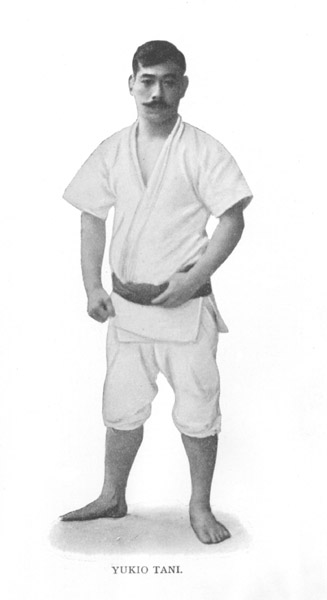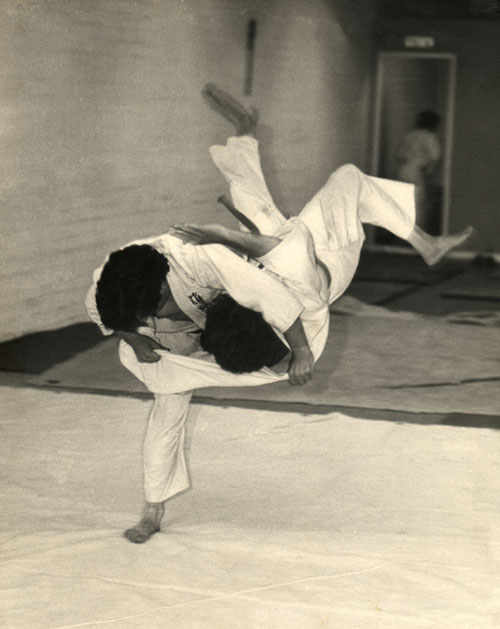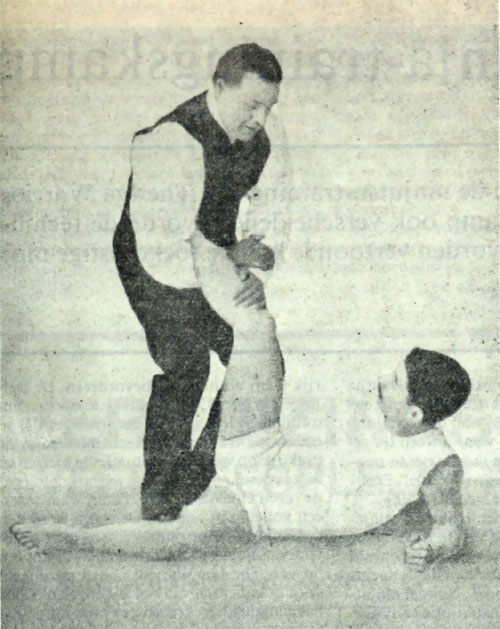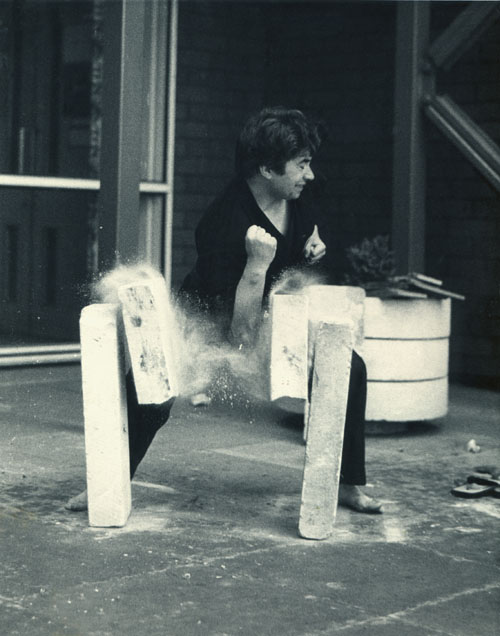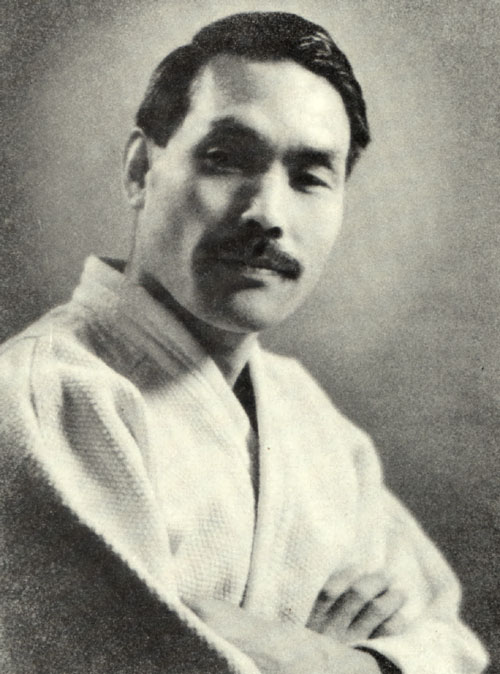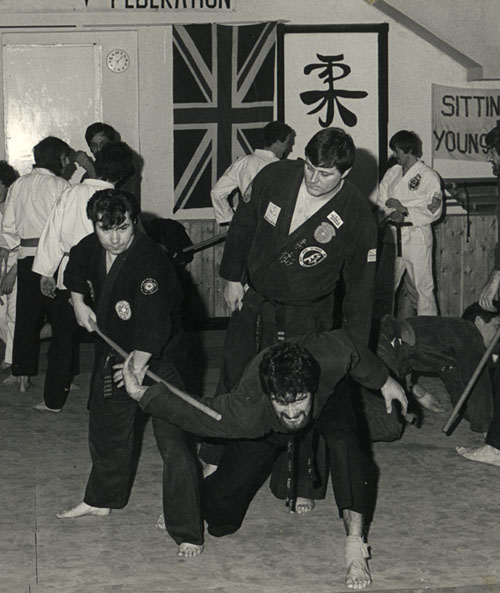History of Jiu Jitsu
Jiu Jitsu (or ju jutsu) is a Japanese Martial Art that dates back many centuries (possibly as early as 7 BC) and is often translated as the gentle art or science; this is something of a misnomer and the Japanese character, ‘Jiu’ is more accurately interpreted as ‘pliable’ or ‘yielding’. The reason for this nomenclature lies in the Art’s use of so called principles of ‘softness’. This in practical terms, means a Jiu Jitsu exponent would concentrate less on developing his or her own strength and power, but rather seek to use their opponent’s strength and momentum against them. They would focus on the development of kinetic elements such as; balance, balance breaking, leverage and fulcrums, methods of evasion, body-shifting and timing. A good illustration of turning an opponent’s strength against them is the classic child’s trick; two people have a tug ‘o’ war on a rope with the object of making the other fall, one lets go and the other hurls themselves to the floor. In Jiu Jitsu terms this would be called maximum efficiency with the minimum of effort (seiryoku zenyo)
The origin of Jiu Jitsu is a little vague, but most authorities agree it is a cross fertilisation of indigenous Japanese wrestling forms (such as Sumo) and Greco-Roman wresting, which came to Japan via India and China, Picking up a variety of influences along the way. It reached its zenith as a fighting art during the Tokugawa Shogunates (military dictatorships) of the late 17th, 18th and 19th centuries where it was utilised as a major training method of the warrior class (Samurai) along side the study of weapons such as the spear (yari), halberd (Naginata – principally the study of female Samurai), chain and sickle (kasuri-gama) and of course, the ubiquitous sword (Ken). Jiu Jitsu in this era was a very violent method of unarmed-combat designed to relieve an opponent of his weapon, (usually a sword) and then kill him. As Japan opened up to Western trade, there followed the inevitable dissolution of the feudal system; in 1868 power returned to the Emperor (the Meiji Restoration) and in 1871 the wearing of swords in public was banned. Subsequent to this unfortunate outbreak of peace, many schools (Ryu) of Jiu Jitsu fell into disuse or disrepute and during the post-war American occupation were banned altogether.
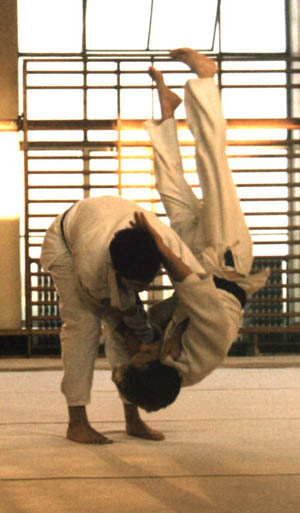
It was inevitable that all traditional Martial Arts had to adapt themselves to a more peaceful society and Jiu Jitsu was no exception. Today it would be very rare to see Jiu Jitsu practiced with traditional Japanese weapons, especially in the West, although a number of very old schools still exist. Modern Styles are as numerous as the people teaching them and would now be more likely to teach defences against a broken bottle than a sword. The best schools retain some of the ancient, ritualistic, forms or set sequences (Kata), but have incorporated more modern and relevant techniques and practice methods as well.
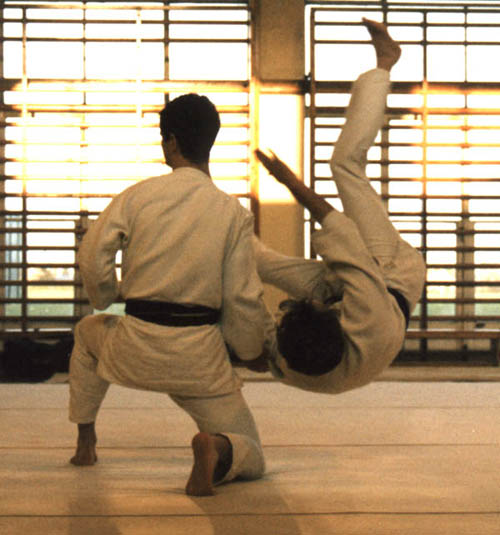
Jiu Jitsu came to Britain at the turn of the century with Messrs. Yukio Tani and Uyenishi (alias Raku), who became famous and popular Music Hall artists. They would perform a demonstration of their art against all-comers, particularly boxers or wrestlers and remained undefeated. Jiu Jitsu is growing in popularity again, due to a lot of people thinking about taking up some form of self-defence training and also with existing Martial Artists dissatisfied with the restrictive range of techniques taught in their own subject. It is in the variety of Jiu Jitsu techniques that its appeal lies, as it uses strikes (atemi waza), throws (nage waza), joint-locking techniques (kansetsu waza), ground fighting or hold downs (newaza or katame waza), weapons taking (bukidori) and strangles/chokes (shime waza). Because of the great variety of techniques and training methods in the art, it offers continual learning to students and a greater opportunity to find movements that their individual abilities and preferences are comfortable with. As with many things, this great strength is also Jiu Jitsu s biggest weakness, producing many “jacks of all trades” but few masters. It remains however a lifetime interest for those with the patience, tolerance and persistence to study it in depth.
Read more here at the English Jiu Jitsu Federation
Lineage of Kano Jiu Jitsu
- Jigorō Kanō on Wikipedia – Founder of Kano Jiu Jitsu
- Jiu Jitsu on Wikipedia
- Book: Kodokan Judo
- Book: The Way of Judo
